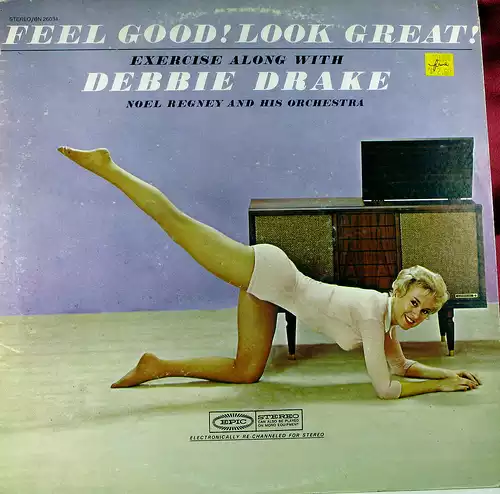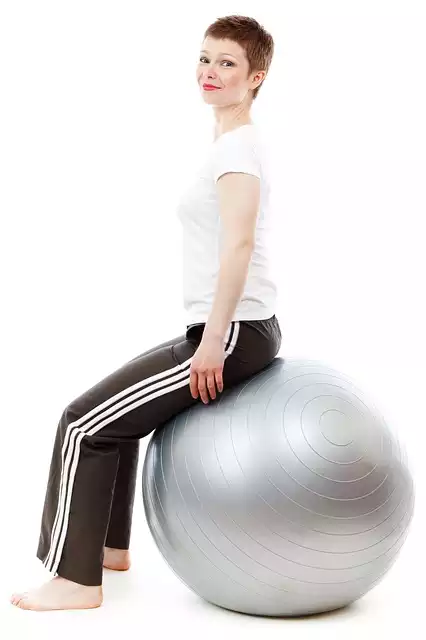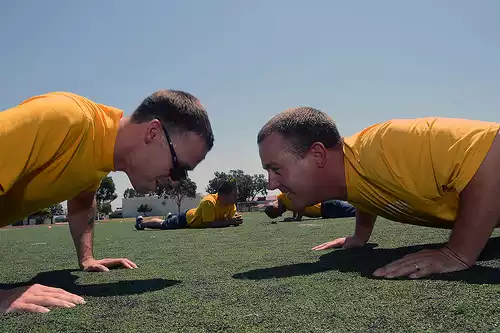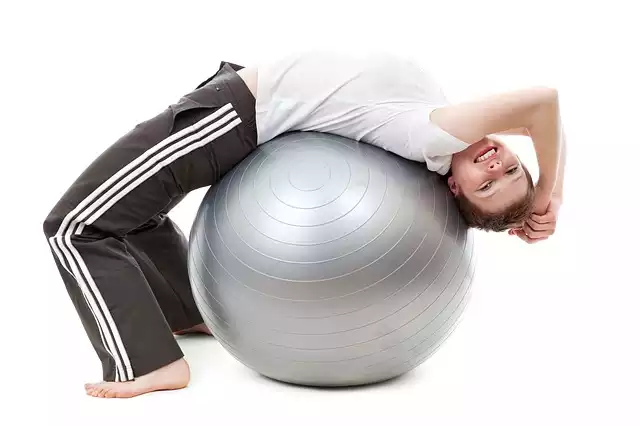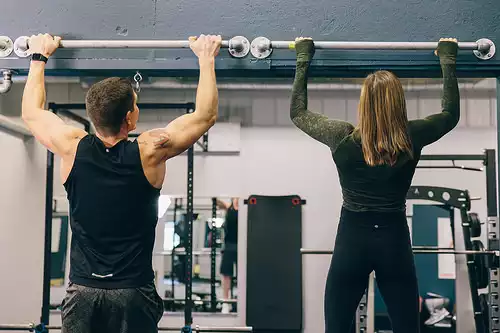Staying Fit After 50
Turning 50 marks the beginning of a vibrant, exciting chapter in life, brimming with opportunities for growth and renewal.
Yet, as we celebrate this milestone, it’s crucial to recognize that our bodies require more attentive care to maintain vitality and strength.
Enter the transformative journey of staying fit after 50—a path that not only enhances physical health but also fortifies mental well-being.
Imagine waking up each day with the energy and enthusiasm of your younger years, ready to conquer new adventures and savor life’s pleasures without limitations.
Staying fit after 50 isn’t just about defying age; it’s about embracing it with grace and vigor.
This article will delve into practical strategies tailored for those over 50, encompassing everything from exercise routines designed to protect joints and enhance muscle tone to nutritional tips that fuel an active lifestyle.
Whether you’re a seasoned fitness enthusiast or just starting anew, these insights will empower you to thrive well into your golden years.
Everyone knows the importance of exercise, good nutrition and sufficient sleep/rest to stay in shape as we age.
Few, however, know the little-known, but critically important real secret to staying fit after age 50.
This missing link, which keeps so many from robust well-being in the second half of life, is belief.
Table of Contents Staying Fit After 50
Exercise Routines for Older Adults
Exercise routines for older adults are important for maintaining overall health and mobility.
As we age, it becomes even more crucial to stay active in order to prevent muscle loss, improve balance, and reduce the risk of falls.
Some recommended exercises for older adults include walking, swimming, yoga, and strength training.
It is important to consult with a healthcare professional before starting any new exercise routine to ensure it is safe and appropriate for your individual needs.
Walking, swimming, yoga, and strength training are recommended exercises for older adults to maintain overall health and mobility.
These activities help prevent muscle loss, improve balance, and reduce the risk of falls.
Before starting any new exercise routine, it is important to consult with a healthcare professional to ensure it is safe and appropriate for individual needs.
Senior Fitness Programs
Senior fitness programs are designed to help older adults maintain and improve their physical health and well-being.
These programs typically focus on strength training, flexibility, balance, and endurance exercises that are tailored to the needs and abilities of older individuals.
Participating in senior fitness programs can help improve mobility, reduce the risk of falls, and promote overall health and vitality in older adults.
Additionally, these programs often provide a social outlet for seniors to connect with others and stay active in their community.
Senior fitness programs are specifically developed for older adults to support their physical health and well-being.
These programs concentrate on exercises that enhance strength, flexibility, balance, and endurance, catering to the unique needs and abilities of older individuals.
Engaging in senior fitness programs can assist in enhancing mobility, mitigating the risk of falls, and fostering overall health and vitality among older adults.
Furthermore, these programs frequently offer opportunities for seniors to socially interact with others and remain active within their community.
Strength Training Over 50
Strength training is extremely important for individuals over the age of 50 as it helps to maintain muscle mass, bone density, and overall strength.
As we age, our bodies naturally lose muscle mass and strength, which can lead to decreased mobility and an increased risk of injuries.
By incorporating strength training exercises into your workout routine, you can help combat these effects of aging and improve your overall quality of life.
Additionally, strength training can help to increase metabolism, improve balance and coordination, and reduce the risk of chronic diseases such as osteoporosis and arthritis.
It is never too late to start strength training, and even small changes can make a big difference in your health and well-being.
Additionally, maintaining a regular strength training regimen can enhance cognitive function and increase mental sharpness.
It has been shown to improve memory, attention, and executive function in older adults.
Furthermore, strength training can aid in weight management by increasing muscle mass and boosting metabolism, leading to a higher calorie burn throughout the day.
Incorporating strength exercises into your routine can also improve sleep quality and reduce the risk of falls by enhancing balance and stability.
Overall, strength training for individuals over 50 is a vital component of maintaining optimal physical and mental health.
Cardio Workouts for Seniors
Cardio workouts for seniors are essential for maintaining heart health, increasing endurance, and improving overall well-being.
Activities like brisk walking, swimming, cycling, or dancing can help seniors stay active and reduce the risk of cardiovascular diseases.
It is important for older adults to consult with a doctor or fitness professional before starting any new exercise routine to ensure safety and appropriate intensity levels.
Regular cardio workouts can help seniors maintain a healthy weight, reduce stress, and improve their quality of life.
have the energy of decades
Staying fit after the age of 50 is crucial for maintaining a healthy and active lifestyle.
Regular exercise not only helps to keep your body in shape, but it also boosts your energy levels and overall well-being.
By incorporating a mix of cardio, strength training, flexibility exercises, and proper nutrition into your routine, you can feel youthful and vibrant well into your golden years.
It’s never too late to start prioritizing your health and fitness, and the benefits of staying fit after 50 are truly worth it.
Just about everyone age 50 and better would love to look younger, have the energy of decades gone by, and be able to move and perform as they did in their youth.
The major deterrent to their taking the steps that would bring these worthwhile desires into fruition is their strong belief that this is just not going to happen.
They either believe it is impossible to greatly improve the shape they are in or that, although it’s probably possible, it’s definitely not worth the effort it would obviously entail.
Belief of being young
Let’s take a general look at the power of belief before we deal with the issue of getting fitter after 50.
Think about all the gadgets, gizmos, furniture, clothing, knickknacks and polly-whacks that have taken up residence in your home.
Every one of these items, from the dishwasher to the latest-styled shoes to the most recent electronic advancement to the knickknacks on your shelves, was at one time merely an idea in someone’s head.
Every one of this multitude of objects that now resides in your home would still be just a mental construct if it weren’t for our friend, Belief.
Someone believed that he (or she, which is, of course, understood) could take his idea, his desire, and make it a reality.
That belief is what caused him to take action and persevere until the thought was a manifested thing.
Let’s take TV, for example.
Back in the 1920s, some men had the ridiculous idea (ridiculous for the time period) that they could send pictures wirelessly through the air, from coast to coast, no less.
How crazy was that?
Because Vladmir Kosma Zworykin at Westinghouse and Philo Taylor Farnsworth, a farm-boy/inventor from Utah and others believed that television was possible, we now enjoy what was, just a hundred years ago, unimaginable.
Or, how about Percy Spencer, who in 1945 invented the microwave oven for the Raytheon Company? If he hadn’t believed in the ridiculous concept (ridiculous to most at the time) of cooking with microwaves, we wouldn’t have this modern convenience.
What about the many computerized devices we now rely on to assist and entertain us? Back in the 1950s the first computers were the size of warehouses and small homes.
Because some forward thinkers believed they could shrink these monstrosities down to units that could fit on our desks and into the palm of our hand even, we have reaped rewards that were incomprehensible just a few short years ago.
All these modern marvels that make life easier and more enjoyable for so many of us would still be just far-fetched ideas, if not for those who believed they could actually become a reality.
Think young
It’s the same with us and our fitness and well-being after age 50.
We can allow the desires/ideas we have of getting in far better shape to stay in the purely mental realm or we can act on these desires to look, feel and perform at levels heretofore thought to be the exclusive domain of the young.
If you truly believe, you’ll take the necessary steps.
If you need help in believing that you can reclaim the energy levels you had decades ago and the general youthfulness you desire, just look at what some masters athletes are achieving in the world of cycling, running, swimming… while in their sixties, seventies, eighties and beyond (see the book,
Fitter After 50 or Age Blasters).
These virtually ageless athletes are enjoying athletic achievements that our grandparents back in the 1950s and 1960s couldn’t even conceive of, never mind attempt.
They are able to run 26.
2-mile marathons, cycle hundreds of miles and even compete well in 140.
6-mile Ironman triathlon races because they believe they can.
The only thing that is actually really stopping you from staying fit after 50, or getting fitter after 50 than you were before the big 50, is BELIEF.
Believe it and you can achieve it.

